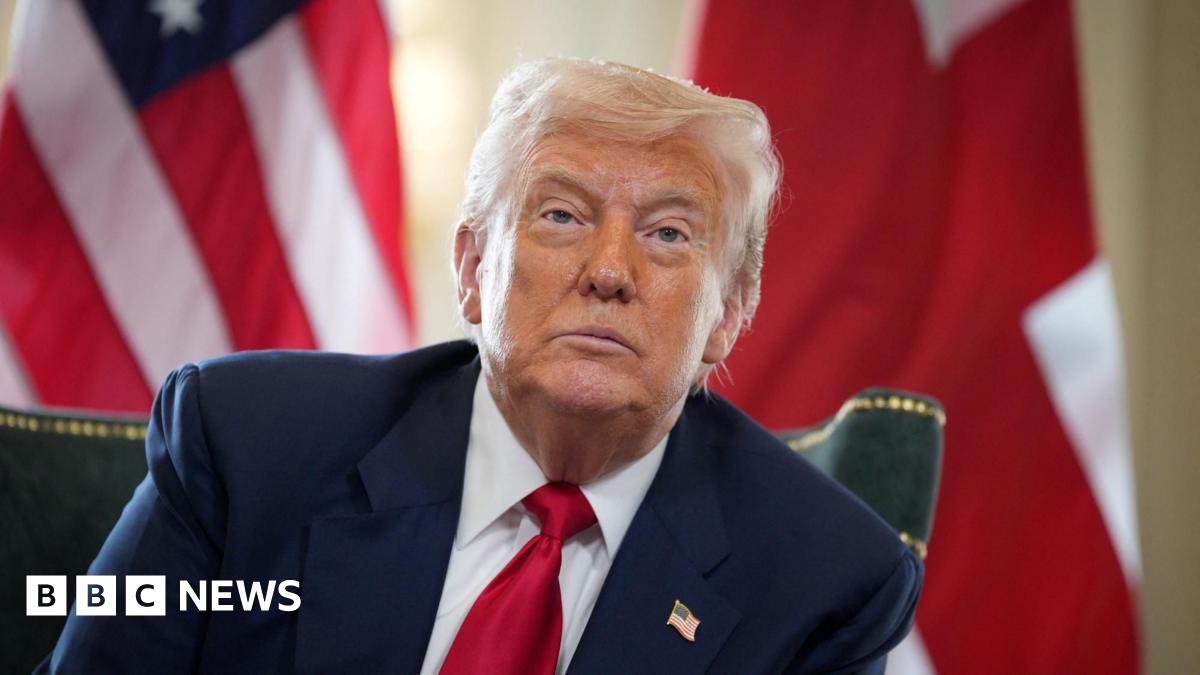Gold Bars and Tariffs: What's Next?

Introduction
The White House is reportedly planning to issue an order that would clarify the status of gold bars, according to an official as reported by Axios. This news has caused a spike in the precious metal's value, with gold reaching an all-time high in U.S. trading. The uncertainty surrounding the status of gold bars has left many investors on edge, but this potential order could provide some clarity.
Key Details
The potential order would address the issue of whether gold bars should be subject to tariffs, which caused the spike in gold prices. This is not the first time that the status of gold bars has been questioned. In 2019, the U.S. Department of Commerce launched an investigation into whether imported gold bars should be subject to tariffs. This investigation was put on hold, but the recent news from the White House has reignited concerns.
Impact
If the order is indeed issued, it could have a significant impact on the gold market. The U.S. is one of the top consumers of gold, and any changes in tariffs or regulations could affect the price of gold globally. This could also have a ripple effect on other industries and investors, as well as the economy as a whole. The uncertainty surrounding the status of gold bars has caused volatility in the market, and a clear decision from the White House could provide some much-needed stability.
About the Organizations Mentioned
White House
The **White House Office** is a central organizational component within the Executive Office of the President of the United States (EOP), tasked with supporting the President in managing day-to-day operations, policy formulation, and political affairs. It is headed by the White House Chief of Staff and staffed by senior aides who report directly to the President, including those with titles such as Assistant to the President and Deputy Assistant to the President. These staff members are mostly political appointees without the need for Senate confirmation, allowing the President considerable discretion in shaping the office to suit each administration's priorities[1]. Historically, the White House Office was established in 1939 through Reorganization Plan 1 and Executive Order 8248 to provide immediate assistance to the President. It functions as the nerve center for presidential staff, physically located primarily in the West Wing, and plays a pivotal role in managing the President’s policy agenda, communications, and political strategy. Its flexible organization allows each President to tailor the staff composition and roles according to their governance style and objectives[1]. In the current context of 2025, the White House Office operates under the administration of President Donald J. Trump, who returned to office after the 2024 election. His administration emphasizes rejecting prior policies deemed extremist and focuses on enhancing quality of life, economic growth, and American energy dominance. The administration includes Vice President JD Vance and First Lady Melania Trump, among others, with a Cabinet advising on various governmental functions[4][6]. Recent initiatives linked to the White House’s operational sphere include the establishment of a new **Department of Government Efficiency (DOGE)** aimed at modernizing federal technology and software to boost government productivity. The DOGE agenda is implemented through the renamed United States DOGE Service within the Executive Office, reflecting a concerted push to leverage technology for administrative modernization[5]. Notably, the White House Office also coordinates national security and homeland security functions through the National Security Council staff, underscoring its central role
U.S. Department of Commerce
The **U.S. Department of Commerce (DOC)** is a key executive branch agency dedicated to creating conditions for economic growth and opportunity across the United States. Established in 1903, its mission is to promote job creation, sustainable business development, and U.S. economic competitiveness by supporting American businesses, communities, and workers[1][2][6]. The Department operates through 12 bureaus with nearly 47,000 employees nationwide and abroad, including economists, scientists, patent attorneys, and trade experts. These bureaus collectively focus on four primary goal areas: trade and investment, innovation, environment, and data[1]. Major components include the National Institute of Standards and Technology (NIST), which supports innovation and manufacturing; the U.S. Patent and Trademark Office (USPTO), which protects intellectual property; and the National Oceanic and Atmospheric Administration (NOAA), which provides weather, climate, and ocean data crucial for sustainable communities and commerce[3]. Key achievements of the DOC include modernizing the patent system to strengthen American innovation, expanding broadband access through the National Telecommunications and Information Administration (NTIA), and facilitating U.S. companies' access to global markets via the International Trade Administration (ITA)[3][6]. Additionally, the Economic Development Administration (EDA) fosters regional innovation and advanced manufacturing projects, while the Minority Business Development Agency (MBDA) supports minority-owned firms[3]. Notably, the Department administers critical programs that impact every American, such as the Decennial Census and the National Weather Service, and enforces trade laws to ensure a level playing field for U.S. businesses and workers[9]. It also plays a central role in emerging technology policy, including AI standards and semiconductor production funding through initiatives like NIST’s Center for AI Standards and Innovation and the CHIPS Program Office[7]. With a budget of approximately $14.8 billion in FY 2024, the Department continues to evolve by integrating science, technology, and policy t








